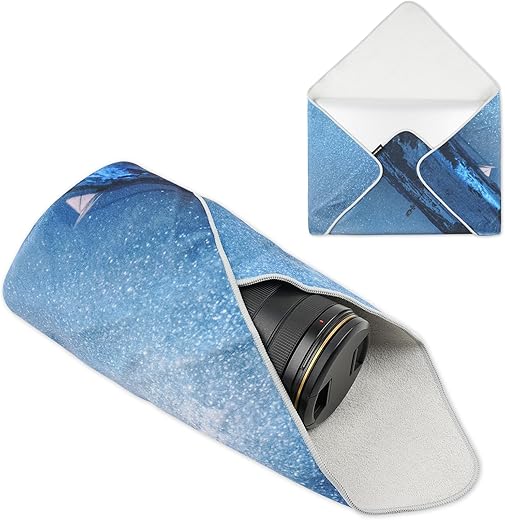






The Impact of Camera Lens Protectors on Autofocus Performance
In the world of photography, clarity is king. Whether you’re capturing the delicate petals of a flower or the dynamic energy of a bustling city street, your camera lens is your window to the world. But what happens when you add a layer—specifically, a camera lens protector? Does it enhance your creative endeavors, or does it muddy the waters? This article delves into the impact of camera lens protectors on autofocus performance, helping you make an informed decision.
Understanding Camera Lens Protectors
Camera lens protectors are thin layers of glass or plastic designed to shield your lens from scratches, dust, and other potential damage. Think of them as the protective screen on your smartphone. Just as you wouldn’t want to risk a cracked screen, photographers often opt for lens protectors to maintain the integrity of their lenses. But are these protectors merely a safety net, or do they come with their own set of complications?
Autofocus: The Heart of Modern Photography
Before diving into the specifics of lens protectors, let’s take a moment to appreciate autofocus technology. Autofocus (AF) systems are the backbone of modern photography. They allow for quick and accurate focus adjustments, ensuring that your subject remains sharp, even in challenging conditions. But like any intricate system, autofocus can be influenced by various factors, including lighting, distance, and—yes—your lens configuration.
The Potential Effects of Lens Protectors on Autofocus
It’s a common concern among photographers: will a lens protector affect how well my camera focuses? The answer isn’t a simple yes or no; it depends on several variables.
1. **Quality of the Protector**: Not all lens protectors are created equal. High-quality, multi-coated protectors can transmit light nearly as well as the lens itself, often causing negligible impact on autofocus performance. On the flip side, cheap or poorly made protectors may introduce distortion, flare, or ghosting, which can confuse your camera’s autofocus system.
2. **Thickness and Material**: The thickness of the lens protector also matters. Thicker glass can lead to more refraction of light, potentially making it harder for the autofocus system to lock onto a subject. Similarly, material matters; optical glass is preferable to plastic, which can introduce additional complications.
3. **Environmental Conditions**: Autofocus performance can also be influenced by external factors such as lighting and reflective surfaces. A protector that reflects light poorly can diminish performance, particularly in low-light conditions.
Real-World Scenarios
Imagine you’re at a concert, capturing the vibrant energy of a live performance. Your camera is set to autofocus, but your cheap lens protector is causing distractions that lead to missed shots. Contrast that with a day spent outdoors, shooting landscapes with a high-quality protector that allows for clear focus transitions. It’s a game of chance, but the odds improve with better gear.
When to Use a Lens Protector
So, should you use a lens protector? The answer often boils down to your shooting environment and personal preferences. If you’re navigating rugged terrains or working in dusty environments, a lens protector can be a lifesaver. However, if you’re capturing fast-moving subjects in controlled conditions, you might consider shooting without one to avoid any potential autofocus lag.
Tips for Optimal Autofocus Performance
1. **Choose Quality**: Invest in a high-quality lens protector made from optical glass with anti-reflective coatings.
2. **Test Your Gear**: Before an important shoot, conduct tests with and without the protector to gauge any differences in focus speed and accuracy.
3. **Stay Clean**: Keep your lens protector clean. Dust and smudges can significantly affect image quality and focus performance.
Conclusion
Camera lens protectors offer a blend of protection and potential pitfalls. While they can shield your lenses from damage, their impact on autofocus performance can vary based on quality, thickness, and environmental factors. By choosing wisely and testing your equipment, you can strike a balance between protection and performance, ensuring that your photography remains sharp, clear, and captivating.
FAQs
1. Do all lens protectors affect autofocus performance?
Not all lens protectors affect autofocus performance equally. High-quality protectors may have negligible impact, while cheaper ones can introduce distortion.
2. How can I ensure my autofocus remains optimal with a lens protector?
Choose a high-quality, multi-coated optical glass protector and keep it clean to minimize any negative impact on autofocus performance.
3. Is it necessary to use a lens protector for every shoot?
It depends on your shooting environment. If you’re in a rugged or dusty setting, a protector is advisable. For controlled environments, you may choose to shoot without one.
